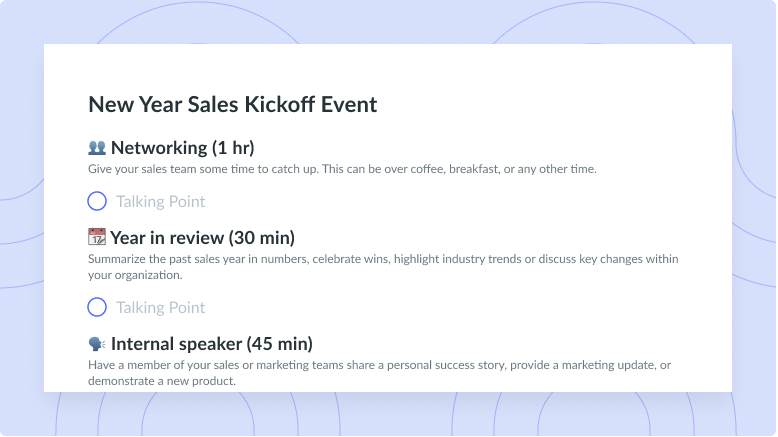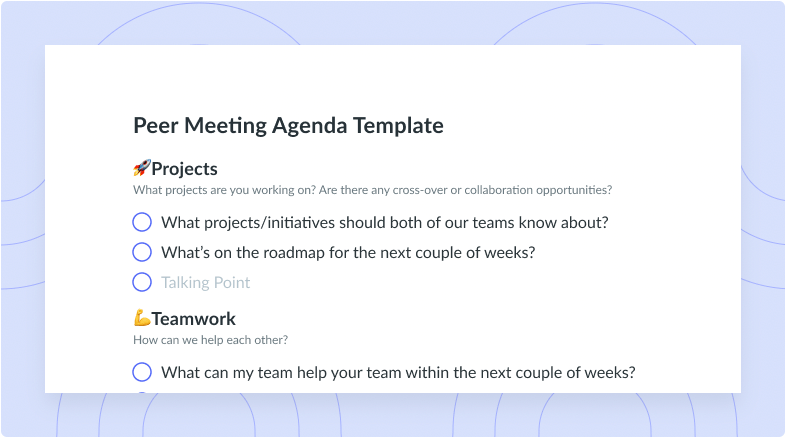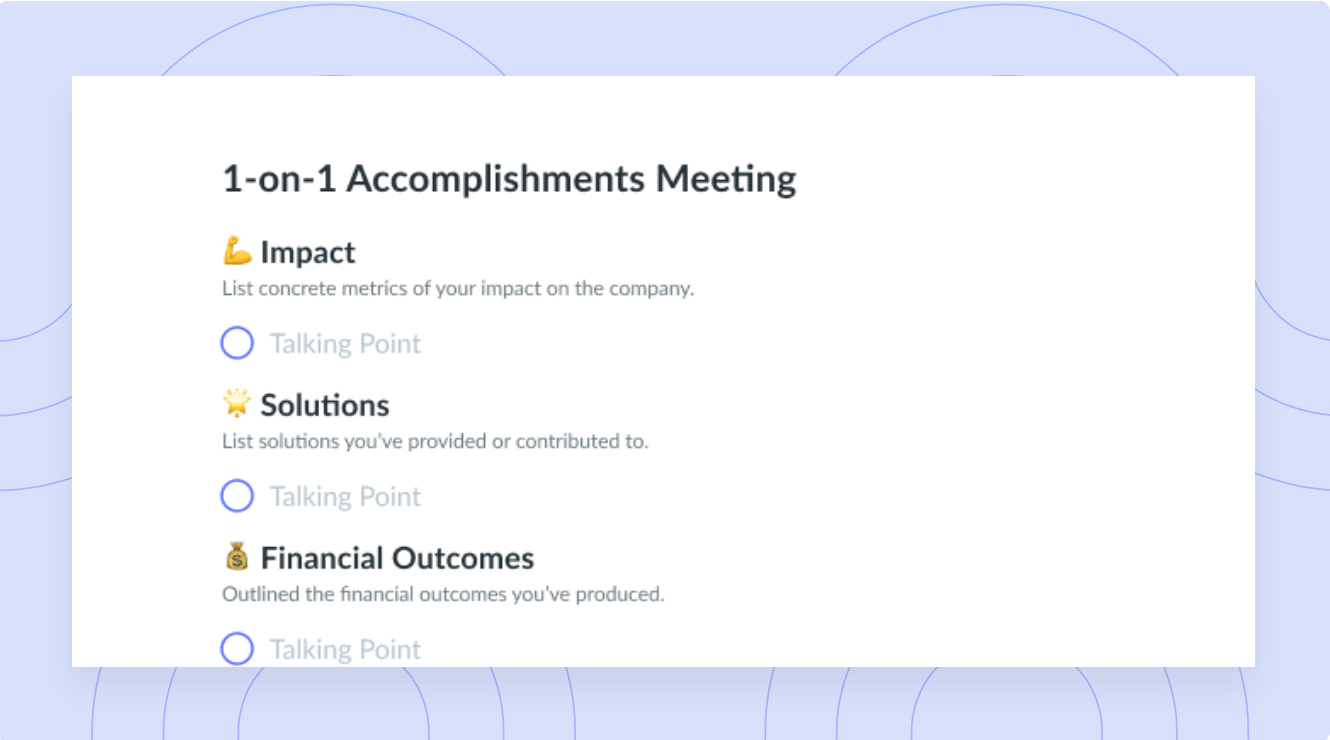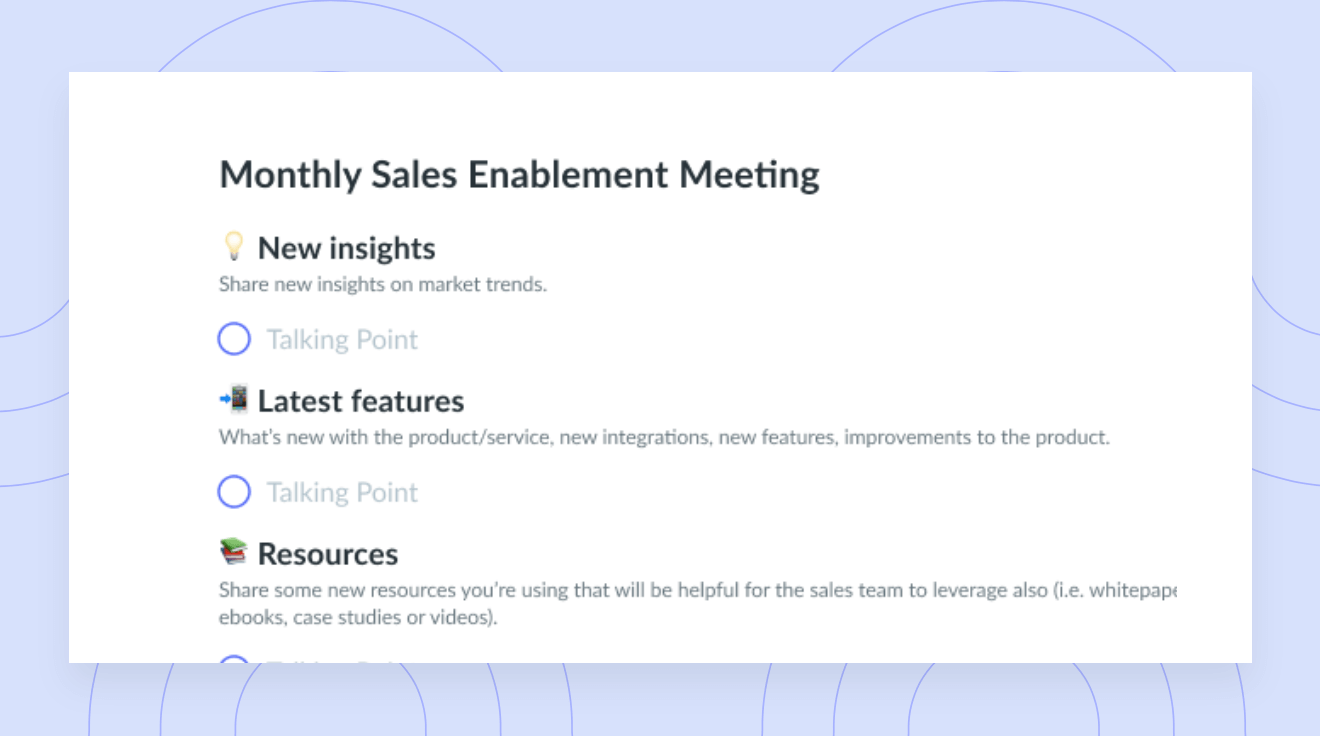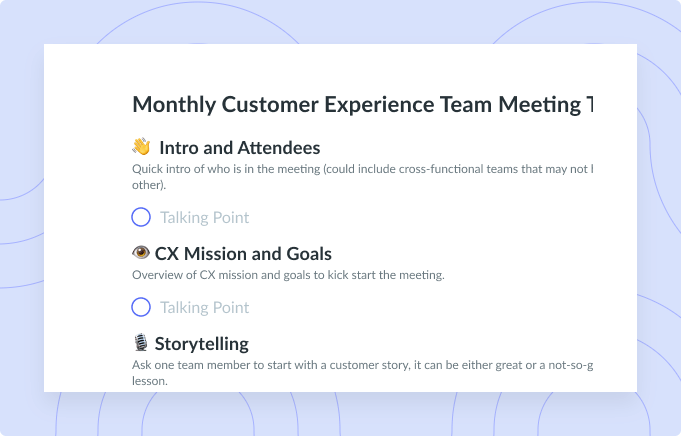11 Easy Ways to Improve Your Zoom Body Language
See the importance of body language in Zoom meetings and everything you need to know to improve your body language and have better meetings.
Body language can be defined as nonverbal signals that are used to communicate feelings or intentions or extenuate a verbal thought. Body language can include anything from your posture to facial expressions and hand gestures. Your ability to understand others’ body language and improve your own will help you understand unspoken cues and improve your working relationships. In this blog, we’ll teach you the importance of body language in addition to 11 tips you can leverage to improve your Zoom body language.
The importance of body language in Zoom meetings
Because the majority of employers have largely begun to adopt a remote-first model, body language on Zoom is incredibly important. As remote work continues to become more widespread, employees around the world are forced to meet using telecommunication tools like Zoom. This means fewer in-person interactions and more video calls.
While there are perks to working remotely, there are many pitfalls that employers fail to realize. The mental load it takes to analyze our peers virtually is much more difficult than it was when we were meeting in person. Because of these challenges, it has become increasingly important for meeting attendees to be aware of their body language on Zoom.
One of the most important aspects of hosting and participating in a successful meeting on Zoom is effective communication, which stems from body language. While speaking plays a large role, nonverbal communication is just as significant and dictates how we communicate and collaborate on big ideas—with experts stating that nonverbal cues make up between 70 and 93% of communication.
Your nonverbal communication cues tell a lot about you, including:
- Whether you’re being truthful
- Whether you’re listening to what’s being said
- Whether you care about the discussion

Great meetings are just the start
Level up your meeting habits to boost engagement and productivity with a collaborative meeting agenda. Try a tool like Fellow!

11 ways to improve your Zoom body language
- Nod as people talk
- Keep eye contact
- Use hand gestures
- Smile often
- Pay attention to your posture
- Dress appropriately
- Avoid crossing your arms
- Avoid touching your face
- Avoid multitasking
- Have an uncluttered background
- Position yourself in the center of the frame
1Nod as people talk
Nodding is one of the simplest things you can do to demonstrate your enthusiasm during Zoom meetings. Nodding is an excellent tool that can be used when you wish to express your agreement without interrupting verbally or sending a message using the chat feature on Zoom. A simple nod will let the speaker know you’re engaged and attentive—instead of them worrying that they’ve lost you or you aren’t paying attention.
2Keep eye contact
Being able to tell when someone is actively listening and engaged on Zoom can be difficult, which is why it’s important to maintain eye contact with the speaker. Working remotely means more distractions. You may be working from a busy coffee shop, have a toddler running around in the background, or share your working space with a spouse or roommate. Considering these factors, there’s no shortage of distractions which is why you should do your best to avoid distractions and maintain eye contact with the speaker by looking at the camera at all times.
3Use hand gestures
We often fail to recognize the power of hand gestures. Hand gestures are an excellent way to communicate more efficiently and are linked to more effective social communication. According to a study led by UCL researchers, using hand signals during virtual meetings can help overcome the psychological issues that are linked to online meetings—like Zoom fatigue. This study found that participants who used a particular set of gestures to engage and express reactions felt closer to their group, interacted with each other better, and thought that they had learnt more than those who did not. A second study replicated these results and also showed that using response buttons or emojis did not have the same positive effect as hand gestures, and in some aspects, made users’ experience worse.
4Smile often
Smiling is a quick and easy way to lighten up the chat while putting those around you at ease. If you proactively smile, the speaker or other meeting attendees won’t have to speculate as to how you feel. It’s important to never underestimate the power of a simple smile; it can do wonders for morale while making those around you feel more comfortable.
5Pay attention to your posture
While you may be engaged and eager to participate in your Zoom meeting, your posture may say otherwise. Many people fail to recognize the impact that their posture has on their outward appearance. If you’re slouching and sitting off to the side of your screen, you may appear to be disengaged, displeased, or even bored, which may send negative signals to other attendees. To improve your Zoom body language and limit the risk of miscommunication, do your best to sit up straight and refrain from slouching or sitting inappropriately.
6Dress appropriately
Working remotely and meeting on Zoom is no excuse to put minimal effort into your appearance. When meeting with your peers, teammates, or superiors, it’s important to put your best foot forward. This means dressing appropriately and adhering to your employer’s dress code. While you may not have a formal dress code, you should still do your best to look presentable. Failing to dress appropriately may give off the wrong impression or prompt your peers to draw false conclusions.
7Avoid crossing your arms
Improving your Zoom body language is a great way to improve communication between you and your peers while simultaneously demonstrating your attentiveness and enthusiasm. If you’re speaking, you can use hand gestures to draw attention to yourself or accentuate an important piece of information. If you’re eager to demonstrate your attentiveness, you may want to leverage a non-verbal cue like a simple thumbs up when you agree with something or a brief wave when someone new joins the Zoom meeting.
8Avoid touching your face
While you may think that touching your face is a simple, harmless habit, it can be incredibly distracting for those around you. Not only is it distracting but it may also make it seem like you’re bored or distracted. When meeting on Zoom, it’s important to be aware of how your body language impacts those around you. Small behaviors to you may be monumental to those around you. If you begin twirling your hair or touching your face, you may distract others in the call and exude boredom and disrespect.
9Avoid multitasking
We’re all guilty of multitasking when we shouldn’t be. Tasks pile up, and we may find ourselves working on a project in the background of an important meeting. While you may think you’re being discrete, there’s no way that other attendees aren’t noticing your wandering eyes or minimal participation. Not only does multitasking during meetings impact your ability to pay attention and retain crucial information, but it’s also incredibly disrespectful to other meeting attendees who have set time aside to connect.
If you aren’t working on a task you shouldn’t be, you may be multitasking because you’re trying to source a resource you need for your Zoom meeting. If this is the case, tools like Fellow eliminate the hassle of sifting through tab after tab in search of necessary documents or assets that you may need for the meeting. Instead, you can avoid multitasking and juggling multitasking by having everything you need directly within your meeting agenda in Fellow. Plus, Fellow’s app for Zoom allows you to access your meeting notes inside of Zoom and turn chaotic meetings into productive work sessions.
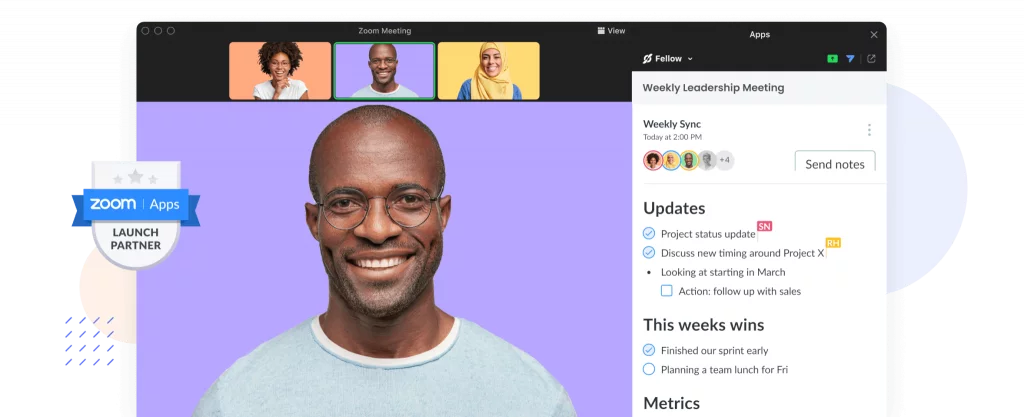
10Have an uncluttered background
Mistakes happen and having something in your background from time to time is inevitable. What isn’t acceptable is frequently having a cluttered, disorganized, or chaotic background. Not only will a cluttered background hinder your ability to pay attention, but it will also be incredibly distracting for the other meeting attendees. Having a clean, organized background or blurring your background to avoid distracting elements is an excellent way to demonstrate that you’re engaged and prepared for the meeting.
11Position yourself in the center of the frame
There are many simple things that you can do to improve your Zoom body language, with one of them being sitting in the center of your frame. This simple tactic exudes professionalism and lets the speaker know that you’re engaged and ready to put your best foot forward.
Improve your Zoom body language today
While you may think the power of body language is irrelevant on Zoom, it’s quite the opposite. Our body language conveys to others how we really feel about something—whether we want it to or not—which is why it’s important to be cognizant of what our body language portrays. Naturally, this power doesn’t diminish in Zoom meetings. Considering these tips during your meetings will ensure you have what you need to improve your Zoom body language.


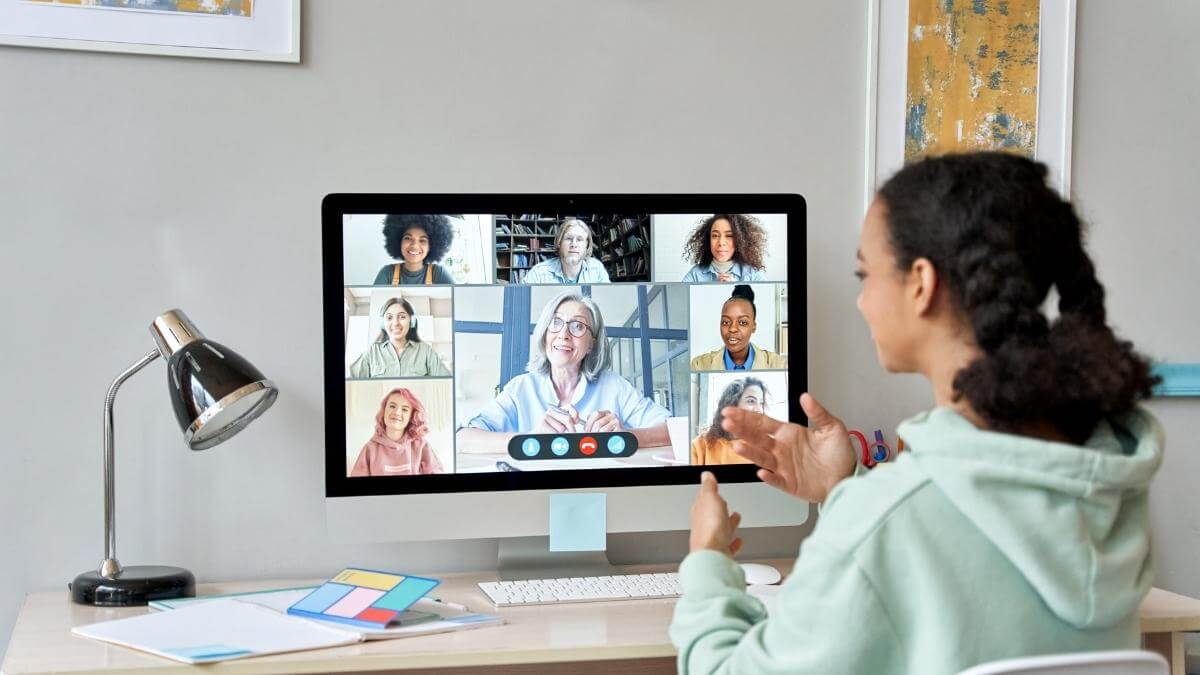


![11 Tips for Productive Virtual One-On-Ones [+ Free Template]](https://fellow.app/wp-content/uploads/2022/07/Productive-Virtual-One-On-One.jpg)



